Well, maybe not quite, since Comic Book Guy is a cartoon character. But when I saw a picture of Mario Batali today on The Daily Beast, it suddenly — and I’m sad to say it took so long — occurred to me that he bears a striking resemblance to Comic Book Guy from The Simpsons. Clearly, and as usual, I am not the first to notice:
While it’s disappointing to be reminded once again that I never have an original thought, it was great to discover yet another way to waste a ridiculous amount of time online.
I’m surprised at some of the comments on this comparison, though I suspect people may be channeling their inner overweight, ponytailed, comic-book-obsessed cynic. One comment, though, captured my thoughts exactly:
Facially they don’t look the same (it would be REALLY unfortunate for someone to actually look just like a Matt Groening character…) but between the ponytail, scraggly facial hair and the fact that they both break a sweat when they fart, I think this one is spot on.



